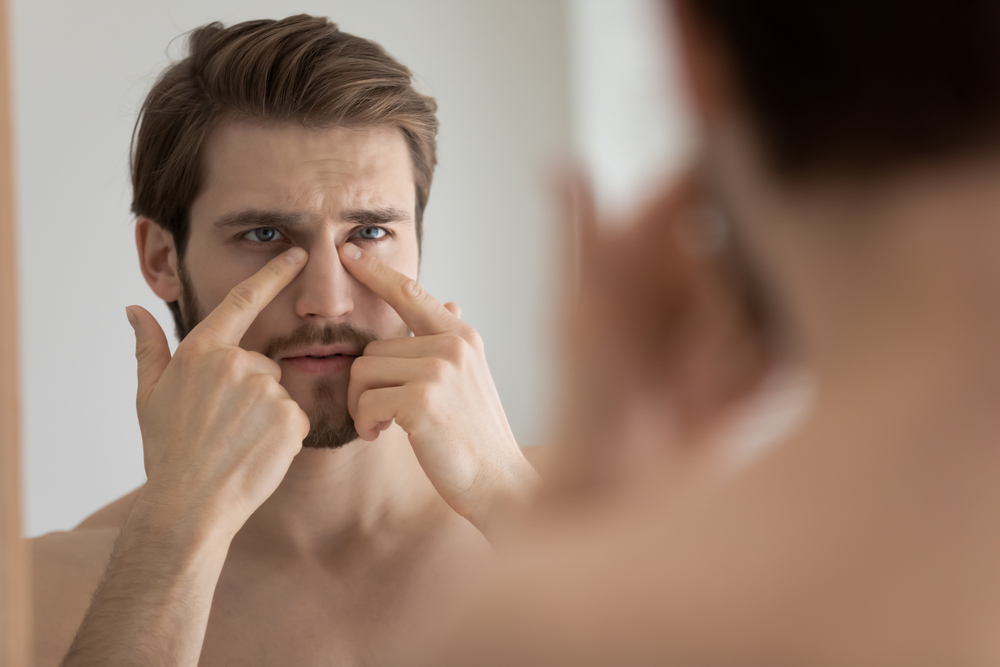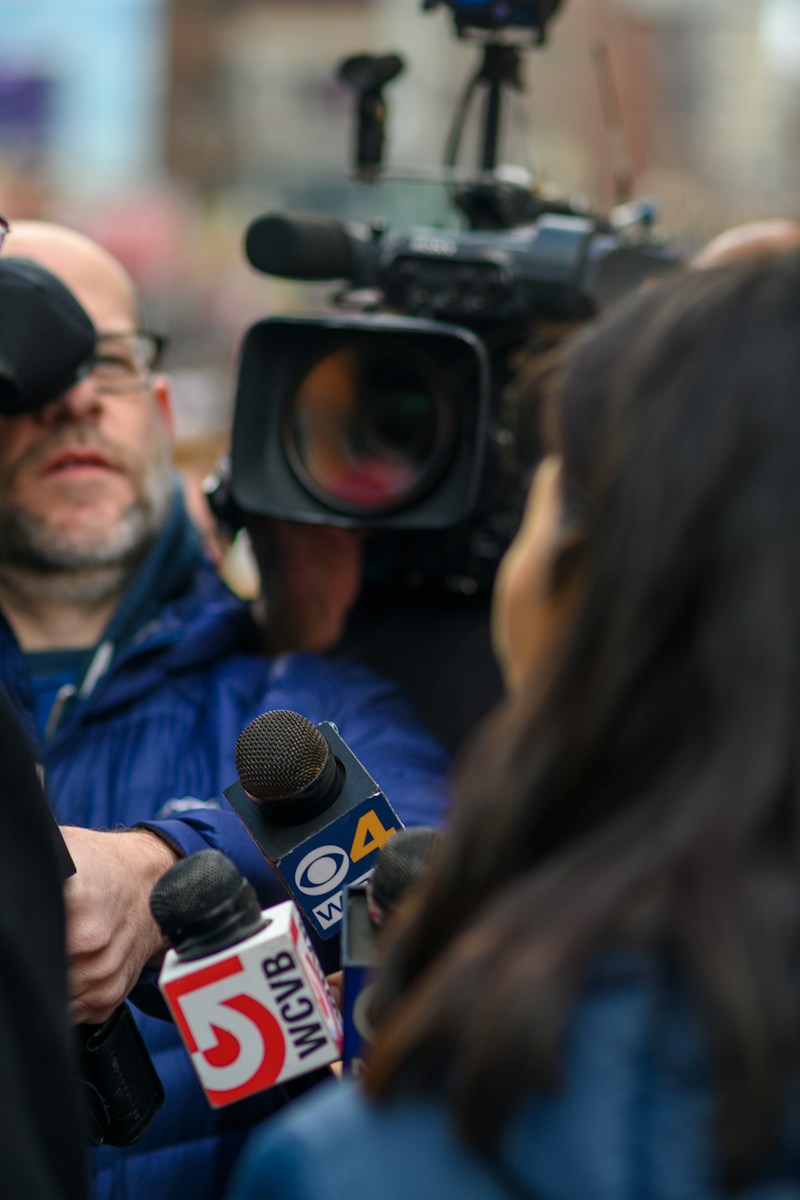We’ve all heard about it, and we all know someone who has it…
‘Resting Bitch Face’
Ever been told to “smile more” when you’re perfectly content?
You may already be familiar with the phrase Resting Bitch Face (or RBF) – a term that’s become a modern cultural reference to describe a natural facial expression that unintentionally appears annoyed, judgmental, or even unapproachable. While often harmlessly joked about, RBF is rooted in societal perceptions and sometimes even biases.
After all, whether you’re Kristen Stewart or just grabbing your morning coffee, how you look at rest is nobody else’s business, right?!
So, what exactly is it?
Resting Bitch Face refers to a neutral facial expression that, for some reason, communicates subtle emotions like contempt or irritation. Researchers Jason Rogers and Abbe Macbeth used advanced facial analysis software to discover what distinguishes an “RBF face” from a neutral one. They found that individuals with RBF—like celebrities Kristen Stewart and Anna Kendrick—tend to exhibit more micro-expressions of contempt, such as slightly squinting eyes or a barely perceptible tightening of the lips. These subtle facial cues, though unintentional, are easily misinterpreted by others, leading to assumptions about the person’s mood or personality.
Interestingly, the phenomenon affects both genders but is more commonly associated with women, likely due to societal expectations for women to “smile” or appear friendly more often than men.
Celebrities Who Wear Their RBF Loudly and Proudly
RBF doesn’t discriminate, and some of the world’s most famous faces have candidly embraced their perceived inability to appear naturally cheerful.
- Kristen Stewart is often recognised as the unofficial poster child for RBF. She’s known for her reserved, thoughtful expression, though she once exclaimed, “I actually smile a lot. People would think I was cool if they got to know me!”
- Anna Kendrick shared that during her childhood, casting directors would always request she “smile more.” Now a household name, Kendrick’s wit and charisma have proved that looks can be deceiving.
- Aubrey Plaza, whose comedic genius often plays on her sarcastic, straight-faced personality, has made RBF part of her charm. Plaza’s ability to channel her seemingly judgmental stare has turned into a hallmark of her brand.
Other RBF icons? Think timeless fashion mogul Victoria Beckham, the candid Aubrey Plaza, and even the late Queen Elizabeth II.
Is There Really a Fix for RBF?
If you’re worried your neutral expression is sending the wrong signals, don’t fret. You can shift how others perceive you with slight adjustments:
Increase Awareness: If you’re often misunderstood, you don’t have to plaster on a full smile, but a softer gaze or a slight upward tilt of your mouth can help.
Strategic Use of Expression: Use eye contact, occasional nodding, and subtle smiles during conversations to balance out your naturally neutral look.
Experiment with Make-Up: For those who enjoy cosmetics, lip gloss or lighter eyeliner can brighten facial features.
Facial Exercises or Botox (for the adventurous): Some turn to procedures like Botox to raise naturally downturned features that contribute to RBF.
Ultimately, there’s no “broken” face to “fix.” Instead of critiquing natural expressions, we should see RBF for what it is—a unique feature of a person that makes them who they are.
Wear Your RBF with Pride
While many see RBF as a flaw or a quirk to laugh at, it’s time we challenge those perceptions. After all, whether you’re Kristen Stewart or just grabbing your morning coffee, how you look at rest is nobody else’s business.
Own your natural expression, or tweak it if you feel like it. You don’t owe anyone a smile unless it comes from your own happiness—it’s your face, and it’s perfect just the way it rests.
Got a story? Email holly@harleystreetcommunications.co.uk













